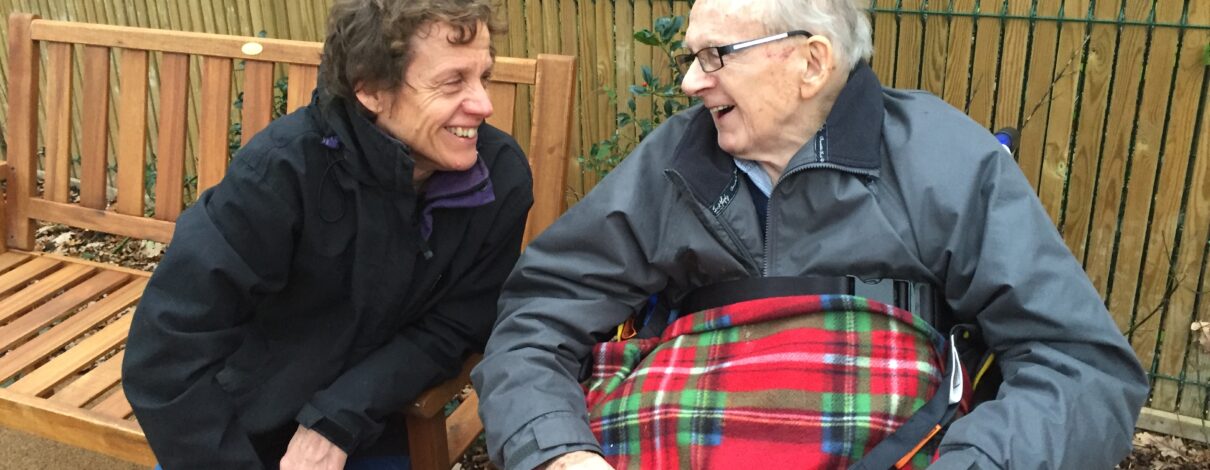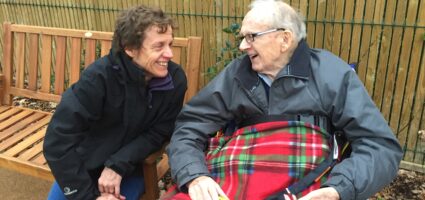 Development of an intervention programme theory to increase movement in care homes for people with cognitive impairment: Care homes achieving realistic movement strategies (CHARMS) Link to full text
Development of an intervention programme theory to increase movement in care homes for people with cognitive impairment: Care homes achieving realistic movement strategies (CHARMS) Link to full text
Main findings:
- Context appropriate interventions increase movement/physical activity in care homes.
- CHARMS materials guide care homes to develop movement/physical activity strategies.
- Older people in care homes benefit from movement/physical activity.
- Increased movement/physical activity needs change in care home culture.
Care homes achieving realistic movement strategies (CHARMS) / SCPHRP by blogadmin is licensed under a Creative Commons Attribution CC BY 3.0




